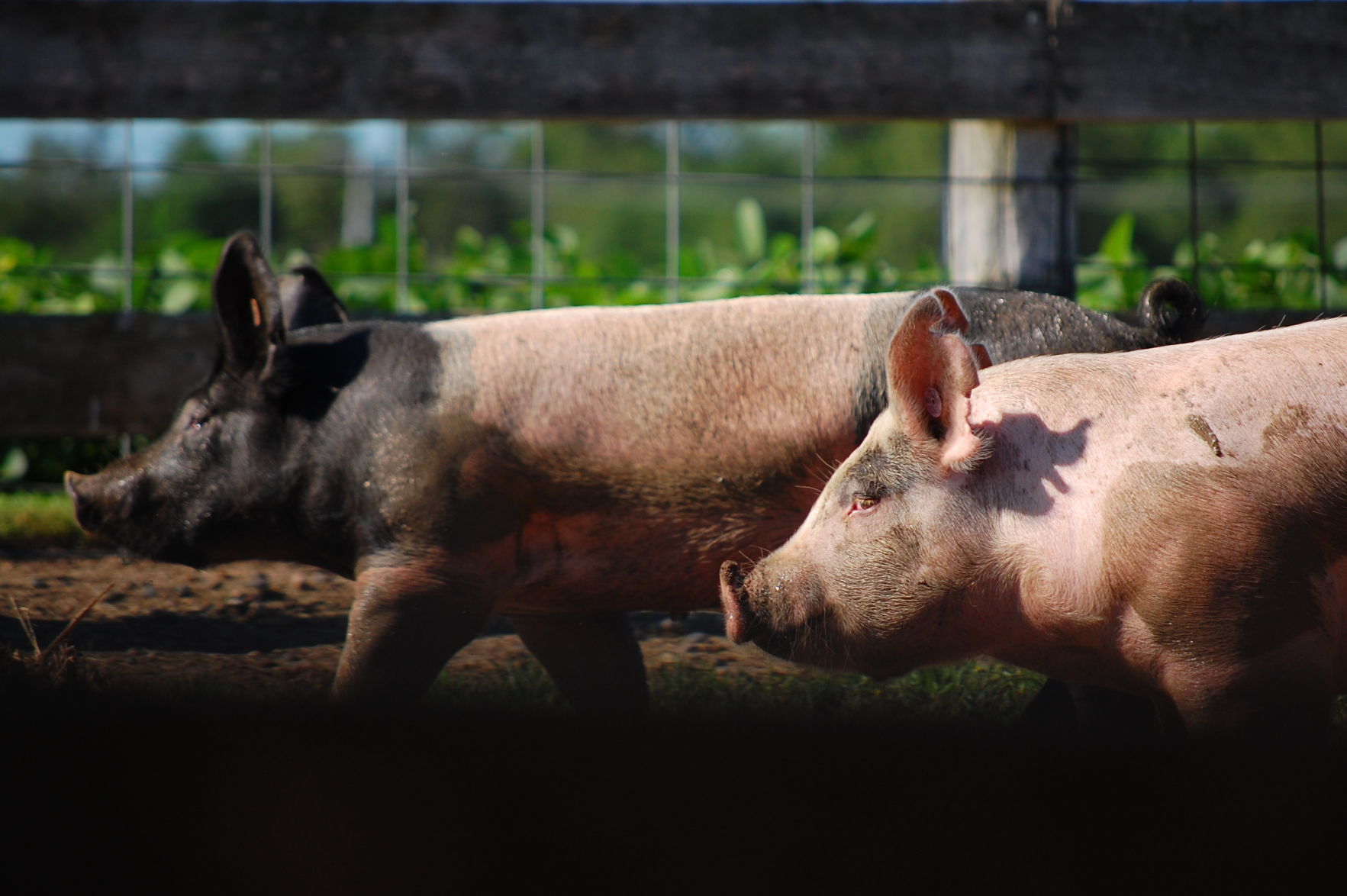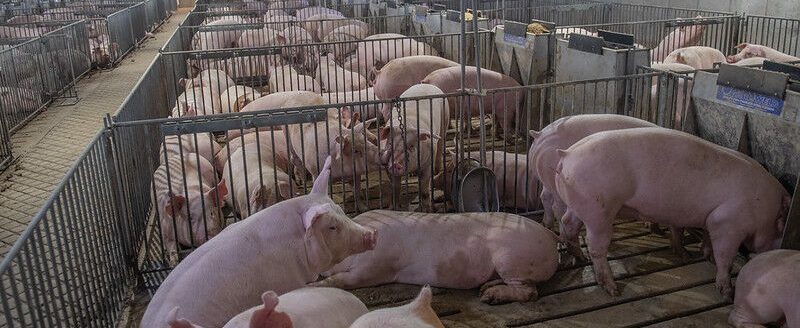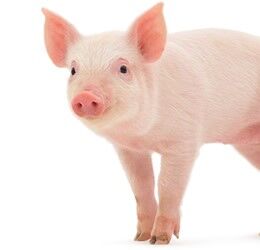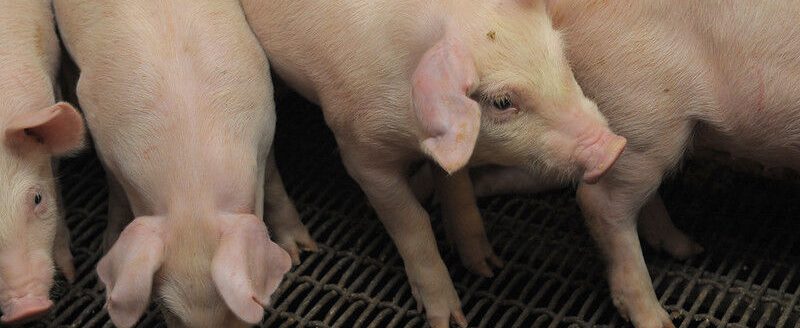Heat stress can be a major cause of economic loss for swine producers during the summer months. Between the heat and humidity, diminished feed consumption, reduced gain, and of course death, producers struggle with keeping their pigs healthy and productive when temperatures are on the rise.
Brookside Agra Vice President-Animal Health & Nutrition Sales Tim Nelson says producers should follow three fundamental tips for maintaining swine health in the summer. Nelson has more than 30 years of industry experience, including 20 years in animal nutrition sales, research and product development and 14 years in swine production management.
Here are the tips:
1. Get on your hands and knees—Many producers will walk through a barn and think it feels like it’s comfortable, but that’s at their height, not at the level of the pigs. Bend over or get on your hands and knees in the barn and feel what the pigs are actually experiencing. You will likely feel a difference in temperatures. Talk to a ventilation expert on how you can improve air movement to keep all levels of the barn cooler.
2. Keep the water flowing—Make sure the waterers are all working properly. Nipples tend to plug, which can reduce the flow of water. Medications, hard water and food debris from the pigs’ mouths can often cause clogs. Get in the habit of flushing the water lines and checking flow rates. Here are the recommended minimum flow rates: Weaned pigs up to 25 pounds need 1 to 1.5 cups per minute. Remember too much flow or pressure may scare off newly weaned piglets. Pigs 25 to 50 pounds need 2 to 2.2 cups per minute. Pigs 50 to 140 pounds need 3 to 3.2 cups per minute. Pigs 140 pounds to market need 4 to 4.2 cups per minute and sows and boars need 2 to 3 quarts per minute.
3. A moist pig is a happy pig—Using misters, foggers and sprinklers are great ways to keep pigs cooler, if used properly. Depending on the pig and pen size, run misters for 5 to 10 minutes, then turn them off for 20 to 30 minutes to allow the evaporation process to cool the pigs. Always remember to check feeders to ensure that dripping water from wet pigs and the moisture isn’t plugging the feeders.




